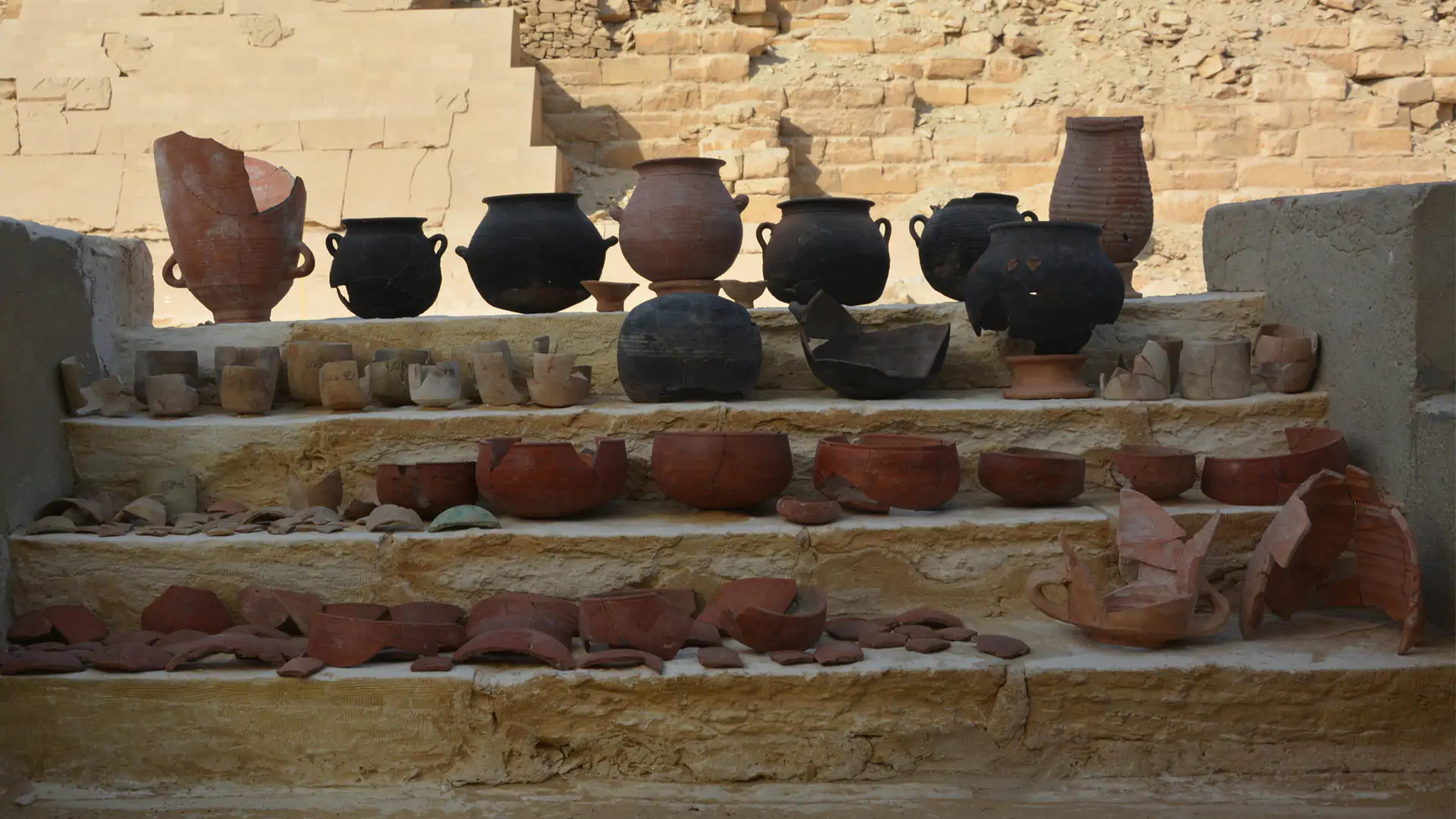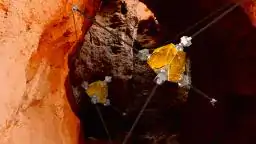In a recently published study, a team of international researchers claims that they have finally understood the secret chemistry behind the ancient embalming practice.
Embalming is the mummification of dead bodies (of both humans and animals) in ancient Egypt to preserve them and prevent their decay. This is a 6,000 years old funerary tradition that probably originated because of people’s belief in the afterlife.
“Although the ancient Egyptians have left us with great textual information and many mummies, there are hardly any sources that inform us about their practice of embalming,” one of the study authors and a professor of archaeology at Ludwig-Maximilians-University, Philipp Stockhammer, told IE.
There have been numerous studies on this subject in the past, but scientists still have very little knowledge about the chemicals and substances used during embalming. It is almost unbelievable that such an important practice of ancient Egypt is not even reported in ancient texts in any detail, but why?
Researchers believe that perhaps embalming was a sacred secret knowledge that the ancient Egyptians wanted to keep to themselves. However, the secret is out now.
Unknown secrets of embalming

© Saqqara Saite Tombs Project, University of Tubingen, Tubingen, Germany. Photographer: M. Abdelghaffar
The researchers examined 31 ceramic vessels that are over 2,600 years old. These vessels were found in an ancient embalming workshop located in Saqqara, a historical site in Egypt famous for its ancient temples and pyramids.
What’s more fascinating about these vessels is that they have embalming instructions and names of embalming materials inscribed on them. Plus, they also contain remains of some chemicals that were used during mummification.
There have been countless studies on Egyptian embalming, but the lack of knowledge about which substances are behind the different names and the lack of any practical descriptions hindered any further understanding.
However, time since the vessels were labeled with the relevant substances which could be read (but not interpreted so far). So the researchers got to know what was inside and also with practical advice such that some vessels were labeled “to be put on the head,” etc. This means there were proper instructions about the use of the embalming substances.
The researchers studied the vessels, identified the embalming substances, and then figured out what they were called, how they were mixed and labeled, and the way these substances were actually applied in embalming.
“For example, we (the authors) found three different mixtures, which included substances such as elemi resin, pistacia tree resin, by-products of juniper or cypress and beeswax that were specifically used for embalming the head, and other mixtures that were used for washing the body or softening the skin,” the researchers note in the press release.
The study also highlighted that many substances like juniper and pistacia that were necessary for the mummification process weren’t found anywhere in Egypt. These materials were probably exported from southeast Asia and different other parts of the world.
Importance of ancient embalming knowledge

© Nikola Nevenov
You might be thinking that embalming is no longer practiced — not even in Egypt. So why are scientists putting in so much effort to understand this ancient process? Well, there are many good reasons for that.
For instance, a key finding of the current study is that for the first time, archaeologists know the meaning of words like “antiu” and many others. Previously, researchers could only guess the meaning of such words and often ended up getting their wrong meanings.
The correct knowledge of such terms will encourage them to re-read many ancient Egyptian texts and understand them precisely. Moreover, modern humans also practice a type of embalming. Surprised? Think about the specimens you might have seen in a biology lab floating inside jars filled with chemicals.
Preserving animals using chemicals in labs is not entirely the same as the ancient process of mummification. However, according to the researchers, the incredible knowledge of the chemistry of embalming could allow us to devise better strategies for skin, body, and tissue preservation.
“For Egyptologists, they will need to re-read many texts. For us today, let us think if the substances used by the ancient Egyptians are still useful for present-day issues of preserving organic tissues,” Professor Stockhammer told IE. The researchers will continue their work at Saqqara and also conduct some experimental mummifications.
The study is published in the journal Nature.


With many scientists still unhappy with the IAU's definition of "planet," it's possible the debate will never be resolved!

 Up, close and personal with Mars: ReachBot and the future of space missions
Up, close and personal with Mars: ReachBot and the future of space missions
 No more Lithium: 4 ways renewable energy could be stored in the future
No more Lithium: 4 ways renewable energy could be stored in the futureYouTuber MrBeast helps cure blindness in 1,000 people — here's how
Boeing 747: End of an era as final aircraft is delivered
Ukraine is hopeful of getting F-16 fighter jets. Here's why it matters



